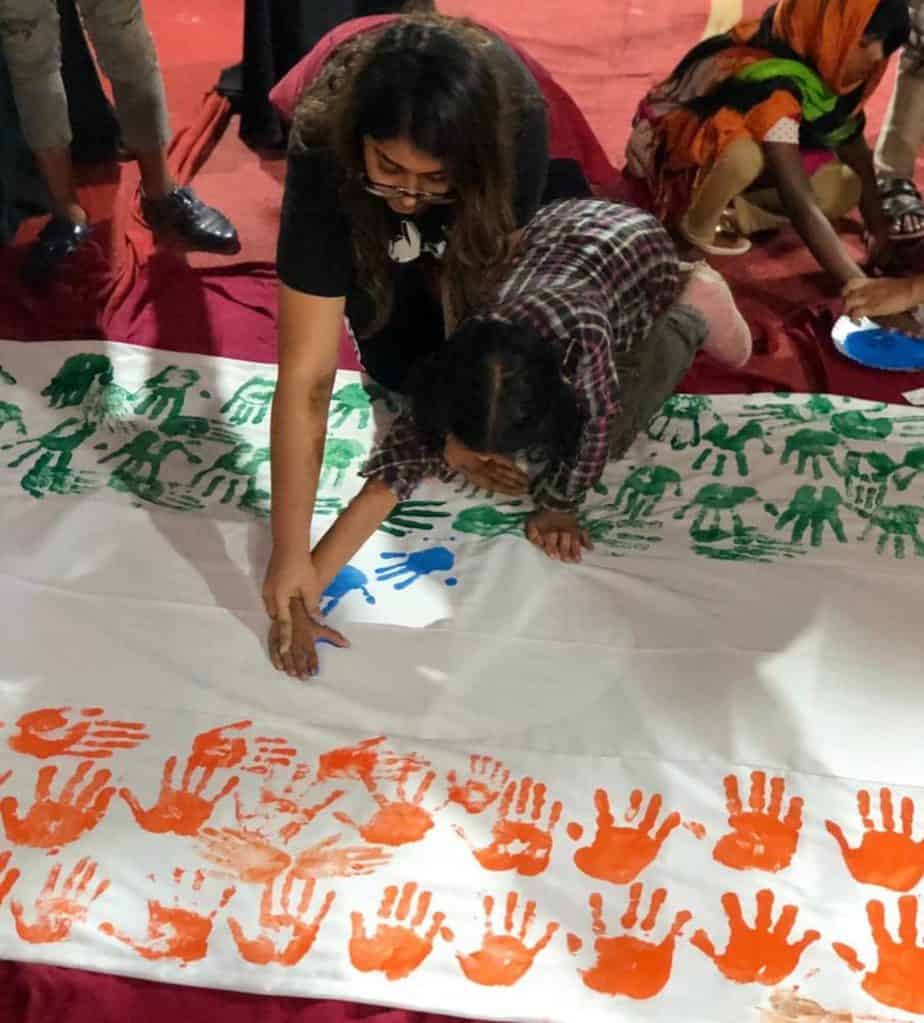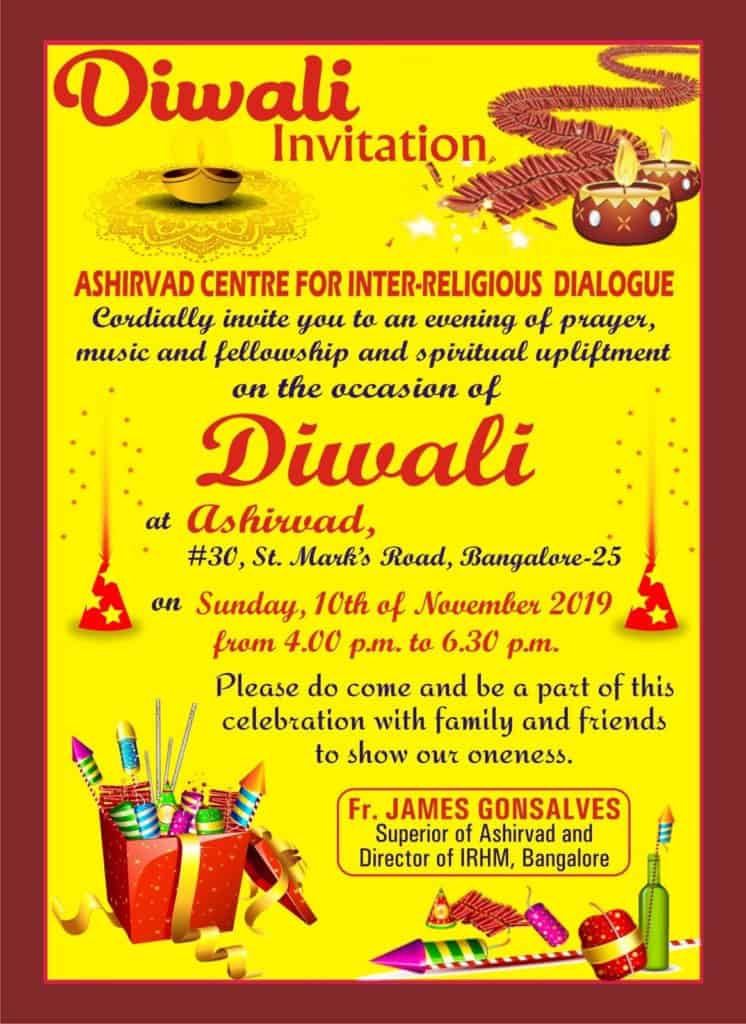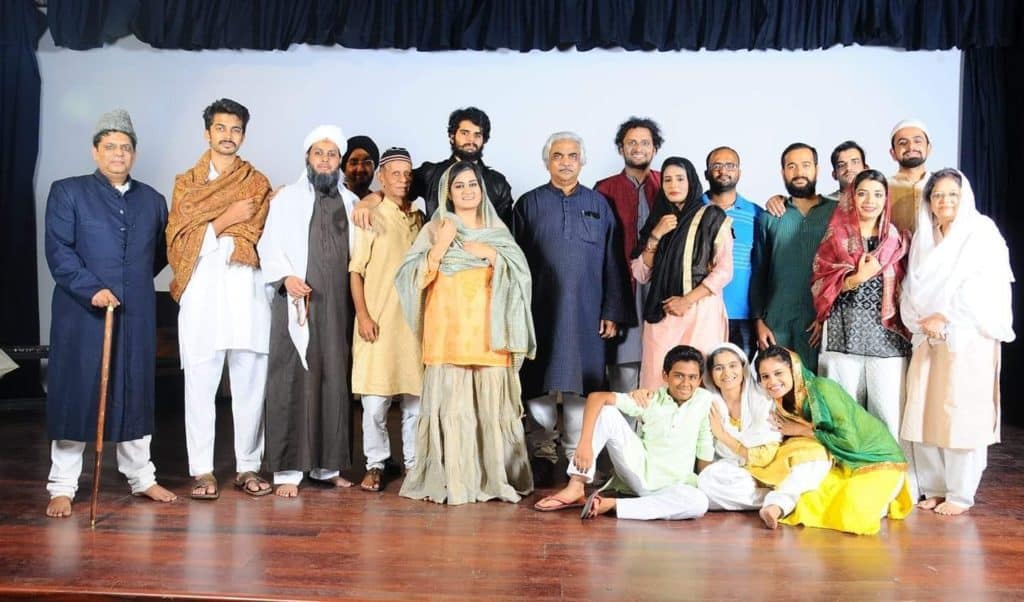On October 13, Tanishq withdrew an advertisement – featuring a Hindu daughter-in-law and her Muslim mother-in-law – in response to widespread trolling on social media that the company was promoting ‘love jihad’. A couple of months earlier, on August 11, even as the country was emerging from the Covid-19 lockdown, Bengaluru witnessed communal violence.
We are living in a communally charged atmosphere where anything and everything seems to be susceptible to becoming a source of religious polarisation.
It is in times like this that initiatives, both at the interpersonal and institutional levels, that encourage tolerance and co-operation between religious communities, become important. After Tanishq’s withdrawal of the advertisement, journalists Samar Halarnkar, Priya Ramani, and Niloufer Venkatraman started an Instagram page called India Love Project to collate stories of interfaith couples. During the August violence in Bengaluru, a video of Muslim youth building a human chain around a temple at DJ Halli to prevent escalation of the violence, came as a relief.
Incidents of interfaith amity have been reported in other parts of Karnataka as well. Last year, for instance, Muslim neighbours in Karuvelu near Uppinangadi in Dakshina Kannada district organised a Hindu woman’s wedding in the locality as the bride’s family was unable to bear the expenses of the wedding.
Individual Initiatives
Interfaith co-operation in recent times was most visible during the protests against the Citizenship (Amendment) Act, 2019. People came together in solidarity with Muslim women who spearheaded the protest in the city.

For many non-Muslim supporters of the protest, like Srijan Sandip Mandal, a historian and educator, expressing solidarity with movements against religious discrimination such as the anti-CAA/NRC protests, by being physically present at the protest sites, is a contribution to communal harmony.
Anjali Menon, a design student, says, “with the CAA-NRC, it felt like there was finally enough momentum in the alternatives to divisiveness. And I think a lot of us felt the need to ensure that the momentum didn’t die, which is why being at protests became important.”

HR consultant Ratneshwar Banerjee says he is lucky to be part of a circle where people can talk about each other’s faith and also question it. “I really do not care about the religion of the person I am interacting with, be it my housekeeper or life partner. We make it a point to celebrate every major festival at work.”
Food is a great unifier, notably during the month of Ramzan. Several localities such as Frazer Town and BTM Layout light up with temporary food stalls, where foodies of all faiths bond over tasty food. City-based photographer Priya Rao says, “I make it a point to go back to Frazer Town each year during Ramzan to gorge over the food. It is simply superb.”
Institutional Initiatives
Institutions set up through private initiative have also played a role in promoting interfaith amity. The Inter-Religious Harmony Movement (IRHM) is one such.
IRHM was founded in 1973 by Father Ronnie Prabhu, a Jesuit priest who feared that India would slide into an non-democratic and non-secular system. Far from distancing religion, he preached that people should embrace their respective faiths and still remain united.
Margaret Rebello, coordinator at IRHM says: “That is why he tried to bring together different faiths and religious organisations such as the Rashtriya Swayamsevak Sangh.”
IRHM works with the youth through seminars, harmony clubs, competitions, training programmes and cultural festivals. This is done in association with with St Joseph’s College, Jain College, Baldwin institutions. It also organises prayer assemblies, annual pilgrimages to different places of worship, inter faith retreats where participants of all religions live together, celebrates all social festivals and commemorates birthdays of all social leaders like Gandhi, Ambedkar and spiritual leaders like Basavanna.

The Bangalore Initiative of Religious Dialogue (BIRD), founded in 2001, works towards promoting dialogue between different faiths and towards diffusing tensions. BIRD’s work includes publications, interfaith discussions, and seminars as well as an annual lecture series in the memory of the theologian Stanley Jedidiah Samartha.
Activist Cynthia Stephen had this to say about the organisation: “BIRD has a peace-building activity specifically to give peace education to young people. Many times, communal disharmony uses young boys. To address it at that level, young people are taken from disturbed areas known to have tension, and peace clubs are run for them. The young generation are coached not to get into communal disharmony.”
There have been several peace initiatives in the past too. Pipal Tree, a non governmental organisation, had set up ‘Peace Committees’, called Parisara Shanthi, in communally-sensitive localities of Bengaluru after the 1994 riots.
Recognising the need for an ongoing inter-faith dialogue, UNESCO has set up an educational network of Inter-religious Dialogue and Inter-cultural Understanding (IDIU). As part of this, it has set up many academic chairs in universities across the world. One such chair, in Peace and Inter-cultural Understanding, is at the Banaras Hindu University.
On the same lines, the Department of History at Bangalore University has been offering a PG Diploma in Communal Harmony and Social Peace. The course, however, is not being offered this year.
During the nationwide lockdown too, there were instances of interfaith charity. Several places of worship came forward to provide relief in the form of ration and meals, to people of all religions affected by the loss of livelihood.
Art-based initiatives
Art is also playing a role in promoting interfaith tolerance. Theatre groups have initiated conversations around inter-faith understanding among adults and children alike, through storytelling, plays, and improv performances. Zafer Mohiuddin, a city-based theatre person and the founder of Kathputliya, is gearing up to stage Sayed Asghar Wajahat’s acclaimed play on communal harmony, Jis Lahore Nai Dekhaya, in 2021.

A production of Wajahat’s play is also in the works in Bangalore Little Theatre (BLT), the city’s oldest English language theatre group.
Prof Vijay Padaki, Founder Trustee of BLT, says, “In the Indian context, the term communal harmony generally connotes the desirable state from an existing hatred or violence between two religious or ethnic groups. It does not generally connote caste or class as the basis for violence. However, there is a lot more of that happening all the time. BLT has done plays that have addressed the second type of social dysfunction, from the works of Badal Sircar and Mahasveta Devi and Vijay Tendulkar. Even an Indian adaptation of Antigone would fall in that category. The Lahore play by Asghar Wajahat will be the first one to deal with the Hindu-Muslim strife. It is in the pipeline, not produced yet.”

For Archana Kariappa, also a theatre artist, “Being a practitioner and even a consumer of art in one form or the other, one must only connect with a person’s craft. Everything else about them like religious beliefs and thoughts regarding that is their own. It is none of anybody’s business to judge or comment on.”
Drawing from her childhood, Sujatha Balakrishnan, founder of Theatre for Change, a city-based theatre group, says children must be imbibed with respect and empathy for fellow beings irrespective of caste, creed, class and religion. “Xenophilia or Vasudhaiva Kutumbakam are words I was raised with, and now it is very simple for me to practice communal harmony,” says she.
A few years ago, Manav Ekta Mission promoted interfaith collaboration through its Key to India concerts in Bengaluru, Chennai and Hyderabad. Classical pianist Anil Srinivasan and jazz pianist Sharik Hassan merged diverse music and culture in these concerts.
Art was an enduring feature in the anti-CAA protests at Bilal Bagh as well. The protest site became a space for paintings by children, storytelling sessions, musical events, and interfaith meetings that emphasised the country’s secular characteristics. The larger movement, of which Bengaluru Bagh was part, saw Faiz Ahmed Faiz’s Hum Dekhenge being organically translated into several Indian languages such as Bangla, Kannada, Tamil, Malayalam.
Activist Cynthia Stephen reiterates the importance of art in preserving and promoting interfaith amity thus: “All forms of creative expression is a wonderful way of keeping people together. In my work, I use participatory training in workshops, and I make people write songs, write poetry, enact them and get them bodily involved in the ideas.” This, she says, brings empathy for one another, an essential step towards arriving at solidarity.
These and innumerable other unrecorded acts of inter-faith collaboration demonstrate that at the society level, an active stream of Bengalureans stand against communal violence and religious polarisation.
This article has indirect bashing of Hindus and their culture.
1) Mr.Gonsalves chooses Diwali for his inter-religious dialogue but not Christmas/Thanksgiving/Good Friday.
2) Anjali Menon felt enough of religious divisiveness only after CAA was introduced. Wasn’t there any communal divide even before CAA? Amazing liberals of India!
3) Hum Dekhenge is anti-hindu and it was first written against an oppressive and brutal regime. The author thinks this government is oppressive and brutal?
Guys, It is of my opinion that please tell your readers directly that you oppose Modi government and for anything it does and is not acceptable to fake liberals! Its just so simple!
Thanks,
Krishna
To gain trust, I suggest the following. There is massive money pumped into India for religious conversions by Church. If these people protest against it, it would bring lot of confidence. Same way with inter-faith marriages, the main complaint had been that one of the two eventually gives up one’s faith. Let there be public display where, for example, Hindu women and her muslim husband both celebrating, say Durga Puja where idol is against Islam. Such things bring lot of trust about such initiatives.
A communist Like you will spin a narrative to suit the evangelists.Do not interpret a gathering of diverse populace as interfaith congregation.A reaction or protest has an objective,and definitely not promoting inter faith dimensions.Suggest to change your glass.
How can there be interfaith harmony when some religions proclaim that they are the only ways to salvation and when some prohibit their practitioners from converting to other religions? Unless there is a level-playing field, how can there be diffusion? CM should also allow opposing voices to have a say.